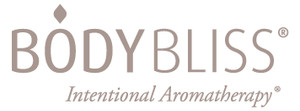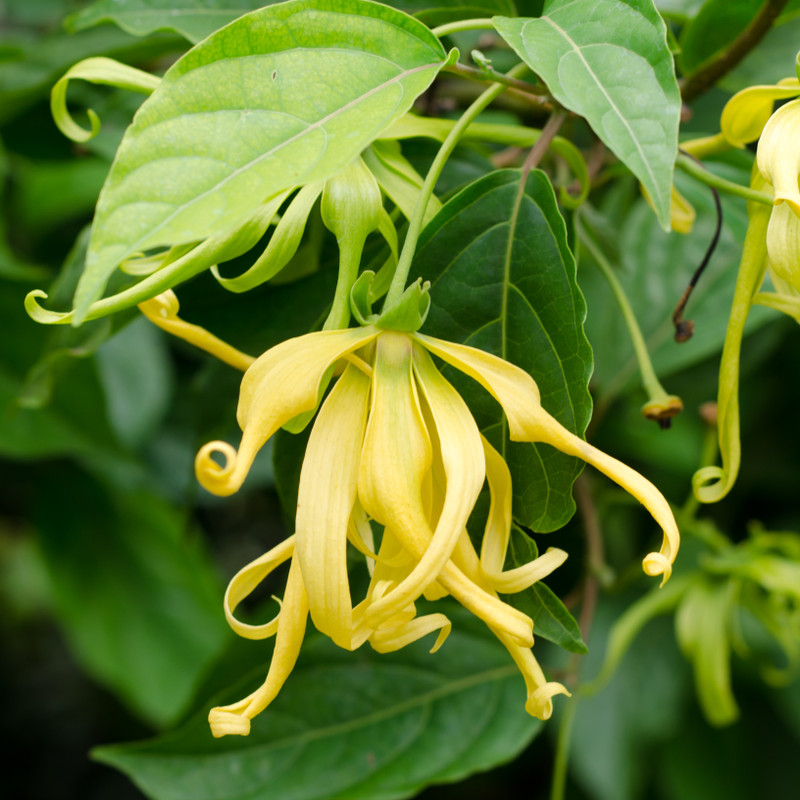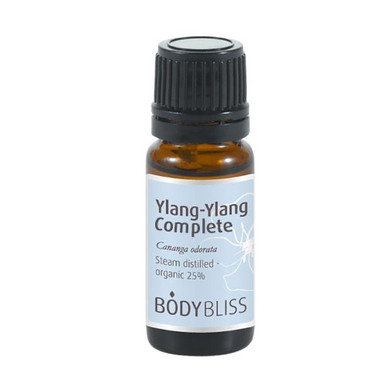Essential Oil of the Month: Ylang Ylang
While February, the month of love and romance, usually brings up the idea of Rose, the essential oil of Ylang ylang (pronounced ee-lang ee-lang) has so much more to offer!
Ylang ylang, known as the “flower of flowers,” is not only aphrodisiac, sensual and euphoric, but has been known to enhance intimacy, help in cases of impotence and frigidity, and supports the reproductive system. Its voluptuous, exotic fragrance can help release inhibitions and ignite passion. In fact, in Indonesia, a traditional practice is to spread the flowers on the bed of newlyweds to enhance a romantic, sensual connection.
More than a romantic oil, Ylang ylang has many other therapeutic benefits including:
Calming, relaxing and soothing
May reduce anger, frustration and irritability
Anti-depressant
Anti-inflammatory
May help with circulation and blood pressure
Great for skin and hair
Blends beautifully in a synergy (a combination of essential oils which often produces an effect that is greater than the sum of its individual elements).
Native to tropical Asia and the Pacific Islands, Ylang ylang’s rejuvenating and conditioning properties are useful in skincare and haircare. It can balance oil production, hydrate skin, and soothe inflammation. During the Victorian Era, Ylang ylang was added to coconut oil (called Macassar) to add a sheen and encourage hair growth.

The first distillation of Ylang ylang essential oil is credited to Albertus Schwenger, a German sailor who was captivated by the flower’s heady scent in the Philippines in 1860. He then exported the oil, eventually introducing it to the rest of the world.
Distillation of Ylang ylang is rather unique in the world of essential oils. The duration of its steam distillation results in different grades of essential oil (known as fractions) from Extra (produced after two hours of distillation and said to contain up to 30 natural chemical constituents) to Ylang ylang III (third), which is produced after up to 20 hours of distillation. Then there is Ylang ylang Complete, which is the result of a single, undisturbed distillation of up to 10 hours.
In fragrance and perfumery, the fractions I to III are more commonly used. You may even recognize it in the classic Chanel No.5. The Extra or Complete versions are more often used in holistic aromatherapy.
Well known for its calming, sensual, euphoric and aphrodisiac properties, Ylang ylang makes a lovely addition to a relaxed and romantic bedtime bath. It can help with self-confidence and insomnia too!
Perfect Pairings:
Ylang Ylang pairs well with most citrus oils, spices such as Ginger or Nutmeg, and many base notes such as Patchouli, Cedarwood or Vetiver essential oils.
Blend Suggestion for a Relaxing and Romantic Bath:
Mix the following:
3 Drops Rosewood or Patchouli
3 Drops Bergamot
1 Drop Ylang Ylang
Ylang Ylang Product Suggestions
Precautions: Due to its intense, sweet fragrance and effects on circulation, use sparingly and only in dilution. Excessive use of Ylang ylang can be nauseating, cause headaches and even create heart palpitations if over-used. As always with aromatherapy, less is more. Consult a physician before using any essential oils if there are any underlying health conditions.





